Polytetrafluoroethylene (PTFE) is a high-performance plastic known for its exceptional chemical resistance, non-stick properties, and high-temperature tolerance. Molding PTFE sheets requires specific techniques due to its unique characteristics. Below are the steps for molding a PTFE sheet.
Step 1: Prepare the Mold
Before beginning the molding process, prepare the mold. PTFE is typically molded using a compression molding method. The mold should be clean, free from debris, and preheated to ensure the material flows evenly. The mold cavity should be designed with the final part shape and dimensions in mind.
Step 2: Preheat the PTFE Resin
PTFE is supplied as a fine powder or granular form, which needs to be preheated before molding. Heat the PTFE resin in an oven to around 360-400°F (182-204°C) for several hours. This will soften the resin, allowing it to flow more easily when pressure is applied.
Step 3: Compress the PTFE Resin
Once the PTFE resin is preheated, place it into the mold cavity. Using a hydraulic press, apply high pressure (typically between 5,000-10,000 psi) to the material. This pressure helps to compact the resin and forces it to take the shape of the mold. Depending on the thickness and complexity of the part, the compression cycle can last from 10 minutes to several hours.
Step 4: Cooling and Unmolding
After compression, allow the PTFE part to cool in the mold for several hours to avoid deformation. Once cooled, carefully remove the molded part from the mold. Depending on the part’s complexity, additional post-processing steps such as trimming or machining may be required to achieve the desired finish.
Step 5: Final Quality Check
Finally, inspect the molded PTFE sheet for any defects or inconsistencies. Ensure that the part meets the required dimensions and specifications. PTFE molding typically results in high-quality, durable parts suitable for demanding applications.
In conclusion, molding a PTFE sheet involves careful preparation of the mold, preheating the resin, applying high pressure, cooling, and final inspection, ensuring the production of high-quality parts.

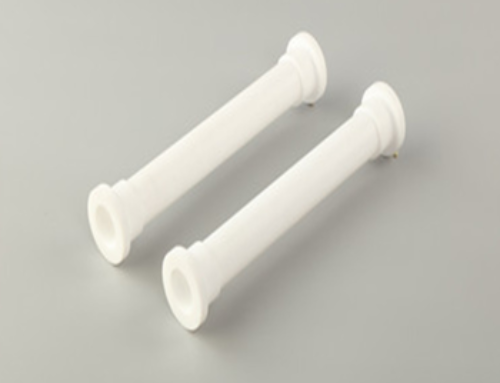
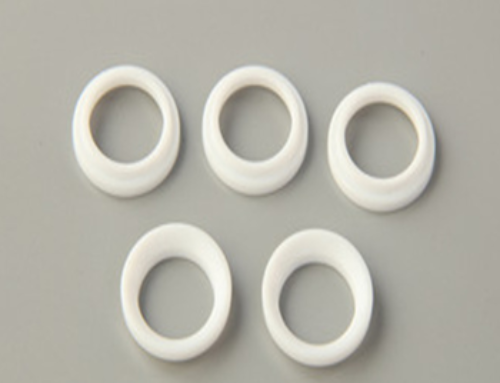
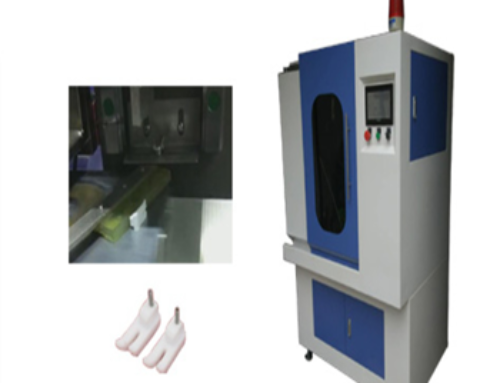
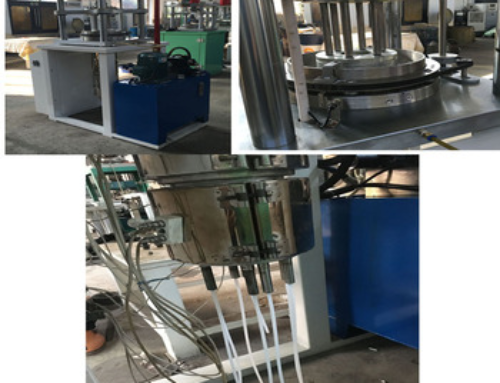
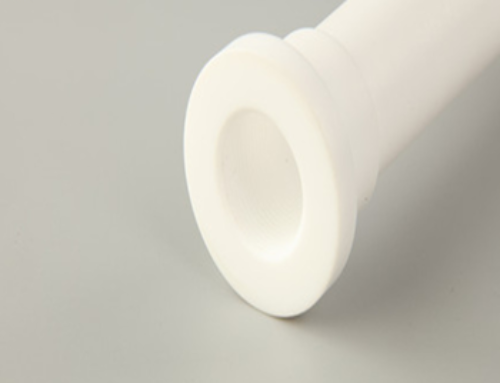

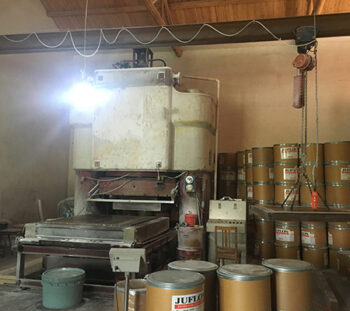
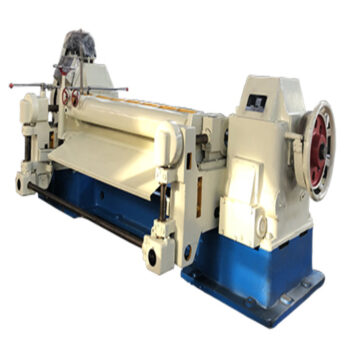
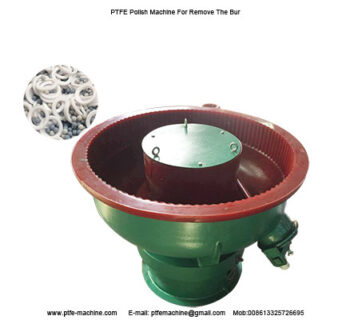
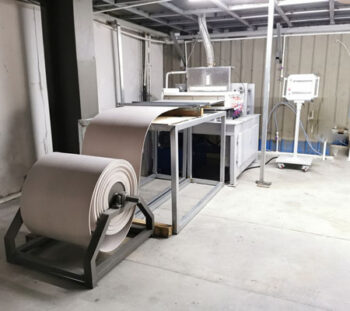
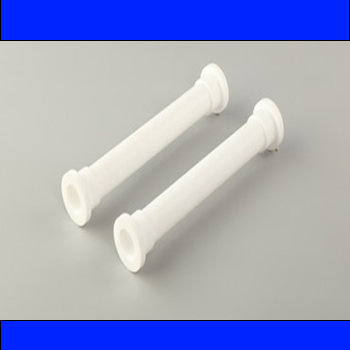

Leave A Comment
You must be logged in to post a comment.